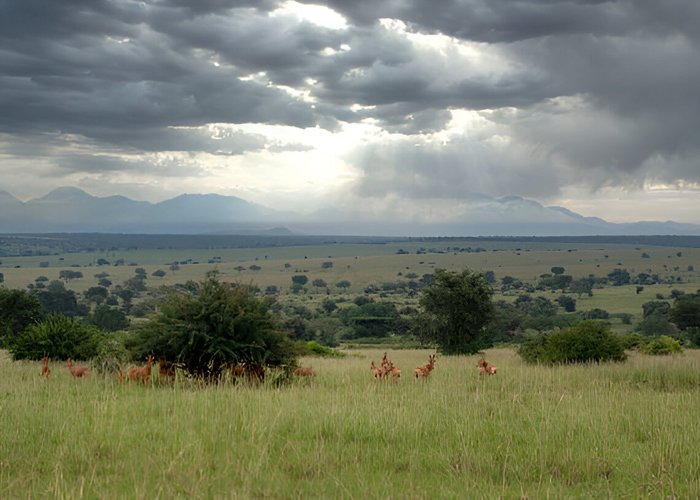
When planning a safari in Uganda, most travelers think of popular destinations like Bwindi Impenetrable National Park or Queen Elizabeth National Park.
However, for those seeking a truly unique and off-the-beaten-path experience, Kidepo Valley National Park stands out as a hidden gem. Located in the remote northeastern part of Uganda, Kidepo offers a raw, untouched wilderness that is teeming with wildlife and breathtaking landscapes.
This blog will explore why Kidepo Valley National Park should be a must-visit on your Uganda safari list, highlighting its rich biodiversity, scenic beauty, cultural experiences, and the unparalleled sense of adventure it provides.
Unrivaled Wildlife Diversity
Kidepo Valley National Park is home to a remarkable array of wildlife, with over 77 mammal species and 475 bird species.
The park?s remote location and diverse habitats, ranging from savannah plains to mountain ranges, create the perfect environment for a wide variety of animals.
1. Unique Mammal Species
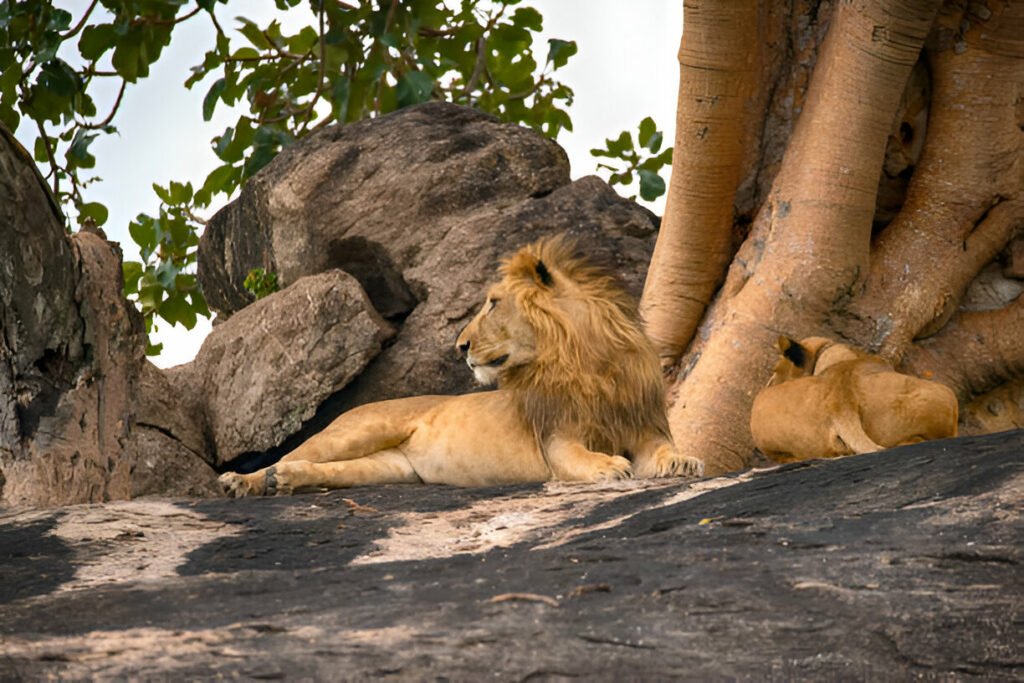
Kidepo is one of the few places in Uganda where visitors can spot rare and unique mammal species that are not found in other national parks in the country.
The park is famous for its population of African buffaloes, often seen in large herds. Additionally, Kidepo is home to the elusive cheetah, which is rare in Uganda, as well as the caracal, bat-eared fox, and aardwolf.
Lions are also a common sight in Kidepo, often spotted lazing on the rocks in the Narus Valley. The park’s large carnivores also include leopards, spotted hyenas, and jackals.
For those interested in herbivores, Kidepo offers sightings of elephants, zebras, giraffes, and elands, among others.
2. Bird Watching Haven
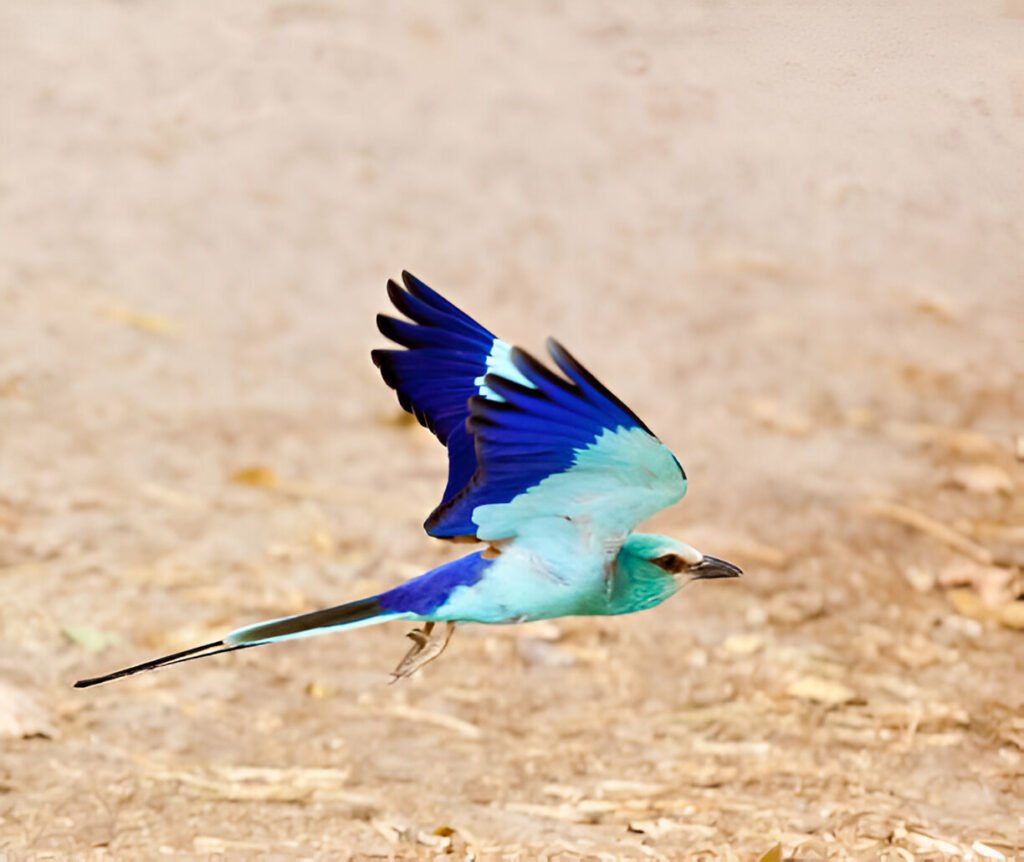
For bird watchers, Kidepo Valley National Park is a paradise. The park’s diverse ecosystems support a wide range of bird species, including several endemics. Notable birds in the park include the Karamoja Apalis, an endemic species found only in this region, and the rare ostrich, which is more commonly associated with the drier savannahs of Kenya and Tanzania.
The Kidepo River Valley and the Narus Valley are prime birding spots, where visitors can spot species such as the Abyssinian Roller, Egyptian Vulture, and Kori Bustard.
Whether you are a seasoned birder or a novice, Kidepo offers an exceptional birding experience that is both rewarding and exhilarating.
Stunning Landscapes and Scenic Beauty
Kidepo Valley National Park is not just about wildlife; its landscapes are equally captivating. The park’s rugged terrain, characterized by vast savannahs, mountain ranges, and river valleys, provides a dramatic backdrop for any safari adventure.
1. Narus Valley
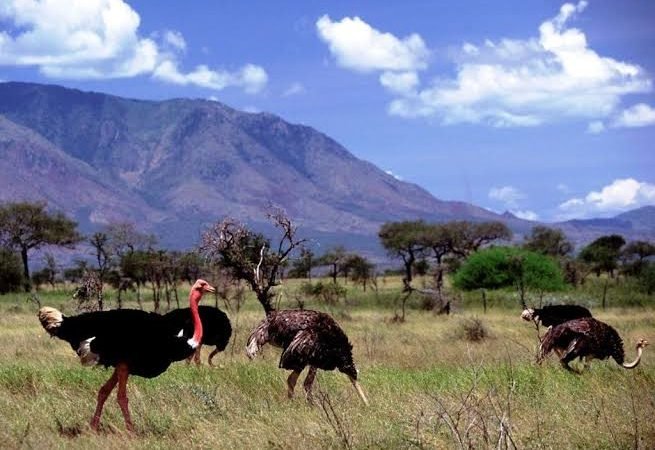
The Narus Valley, located in the southwestern part of the park, is the most accessible and wildlife-rich area. This valley is a haven for wildlife, thanks to its permanent water sources that attract animals year-round.
The valley’s open grasslands and acacia woodlands create stunning vistas, especially during sunrise and sunset when the light bathes the landscape in golden hues.
The Narus Valley is also home to the Morungole Mountain Range, which rises majestically in the background, adding to the valley’s scenic beauty.
Game drives in the Narus Valley offer some of the best opportunities to see large herds of buffalo, elephants, and lions.
2. Kidepo Valley

In contrast to the Narus Valley, the Kidepo Valley, located in the northern part of the park, is drier and more remote. The Kidepo River, which runs through the valley, is seasonal and often dries up during the dry season, leaving behind a sandy riverbed.
Despite its arid appearance, the Kidepo Valley is rich in wildlife and offers a different safari experience.
One of the valley’s most iconic features is the Kanangorok Hot Springs, located near the border with South Sudan. The hot springs are a popular attraction and provide a stark contrast to the surrounding savannah.
The Kidepo Valley also offers panoramic views of the distant mountains, including Mount Morungole and the Lotukei Mountains.
Authentic Cultural Experiences
Kidepo Valley National Park is not only a destination for wildlife enthusiasts but also for those interested in cultural experiences.
The park is located in the Karamoja region, home to the Karamojong people, a semi-nomadic pastoralist community with a rich cultural heritage.
1. The Karamojong People

Visiting the Karamojong community offers a unique opportunity to learn about their traditional way of life, which has remained largely unchanged for centuries. The Karamojong are known for their distinctive dress, which includes colorful beads, traditional robes, and elaborate headdresses.
They are also skilled cattle herders, and cattle play a central role in their culture, serving as a symbol of wealth and status.
A cultural visit to a Karamojong village allows visitors to engage with the local people, participate in traditional dances, and learn about their customs, beliefs, and daily activities.
The Karamojong are welcoming and eager to share their culture with visitors, making it a memorable and enriching experience.
2. Ik People of Mount Morungole
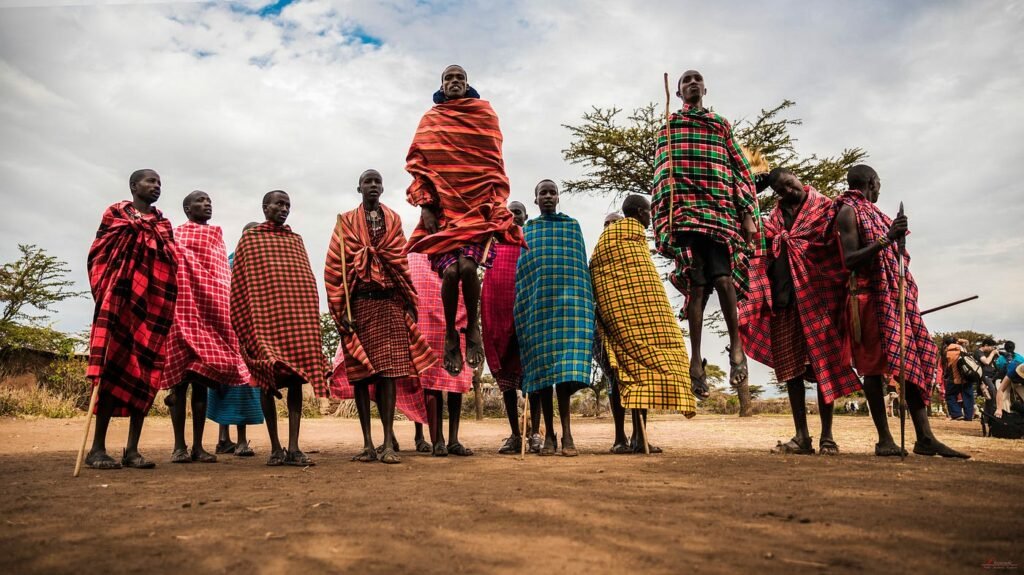
For those seeking an even more off-the-beaten-path cultural experience, a visit to the Ik people is highly recommended. The Ik are a small, isolated community that lives in the mountains of Mount Morungole, located on the eastern edge of Kidepo Valley National Park. The Ik have a unique language and culture, distinct from the surrounding Karamojong.
Visiting the Ik requires a challenging hike up Mount Morungole, but the reward is a rare glimpse into the lives of one of Uganda’s most remote and traditional communities. The Ik people are known for their resilience and adaptability, having survived in a harsh environment for generations. A visit to the Ik provides insight into their unique way of life and the challenges they face in preserving their culture.
Uncrowded and Untouched Wilderness

One of the most compelling reasons to visit Kidepo Valley National Park is its sense of seclusion and unspoiled wilderness. Unlike Uganda’s more popular national parks, Kidepo sees far fewer visitors, allowing for a more intimate and personal safari experience.
1. Exclusive Safari Experience
The remoteness of Kidepo Valley National Park means that you are likely to have the park almost to yourself, even during peak safari season. This exclusivity allows for uninterrupted wildlife viewing and the opportunity to connect with nature in a way that is not possible in more crowded parks. Whether you are on a game drive, nature walk, or simply relaxing at your lodge, the solitude and tranquility of Kidepo enhance the overall safari experience.
2. Authentic Wilderness Adventure
Kidepo offers an authentic wilderness adventure that is increasingly rare in today’s world. The park’s rugged terrain, vast open spaces, and minimal human impact create a sense of timelessness and wildness that is both exhilarating and humbling. For those who crave adventure and exploration, Kidepo is the perfect destination.
Whether you are tracking lions through the savannah, hiking up Mount Morungole, or simply enjoying the views from your camp, Kidepo provides a raw and immersive experience that is hard to find elsewhere. The park’s untouched wilderness and sense of remoteness make it a destination for true safari enthusiasts.
Planning Your Trip to Kidepo Valley National Park
Visiting Kidepo Valley National Park requires some advance planning due to its remote location, but the effort is well worth it. Here are some tips to help you plan your trip:
1. Getting There
Kidepo Valley National Park is located about 700 kilometers from Kampala, Uganda’s capital. The journey to Kidepo can be made by road or by air. By road, the drive takes about 10-12 hours, passing through the scenic landscapes of northern Uganda. For those short on time, chartered flights are available from Entebbe or Kajjansi to Kidepo’s airstrip, significantly reducing travel time.
2. Accommodation Options
Kidepo Valley National Park offers a range of accommodation options to suit different budgets and preferences. Luxury lodges such as Apoka Safari Lodge provide a high-end experience with all the comforts, while mid-range and budget options like Kidepo Savannah Lodge and Nga?Moru Wilderness Camp offer a more rustic experience. For the adventurous, there are also campsites available within the park.
3. Best Time to Visit
The best time to visit Kidepo Valley National Park is during the dry season, from September to March, when wildlife is more concentrated around water sources, making it easier to spot animals. The dry season also offers clearer skies and more comfortable weather for game drives and hiking. However, the park is open year-round, and each season offers a different perspective on the landscape and wildlife.
Conclusion
Kidepo Valley National Park is a hidden gem that deserves a spot on your Uganda safari list. With its unique wildlife, stunning landscapes, authentic cultural experiences, and untouched wilderness, Kidepo offers a safari experience like no other. Whether you’re a seasoned traveler or a first-time visitor to Uganda, Kidepo promises an adventure that will leave you with lasting memories. Plan your trip today, and discover why Kidepo Valley National Park is one of Africa’s best-kept secrets.


